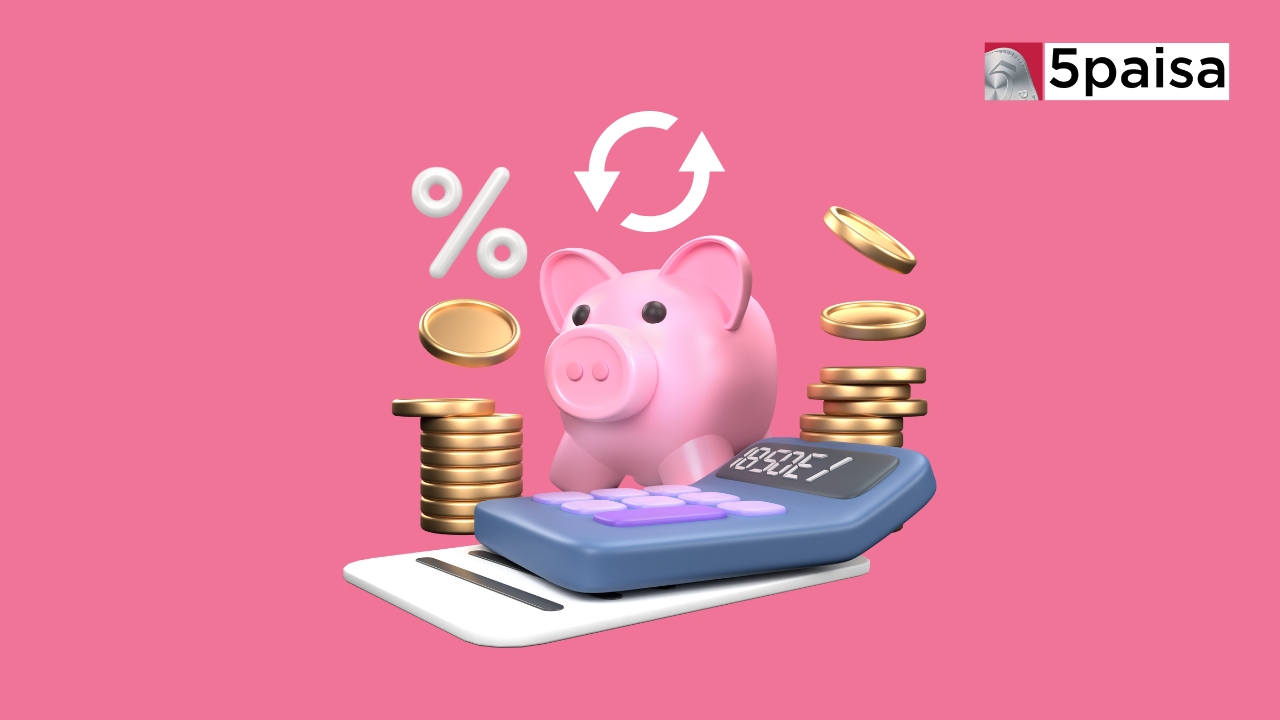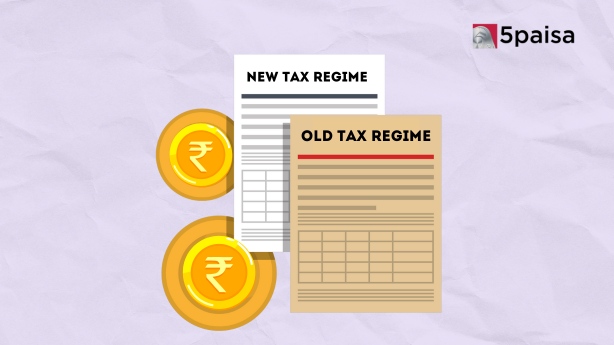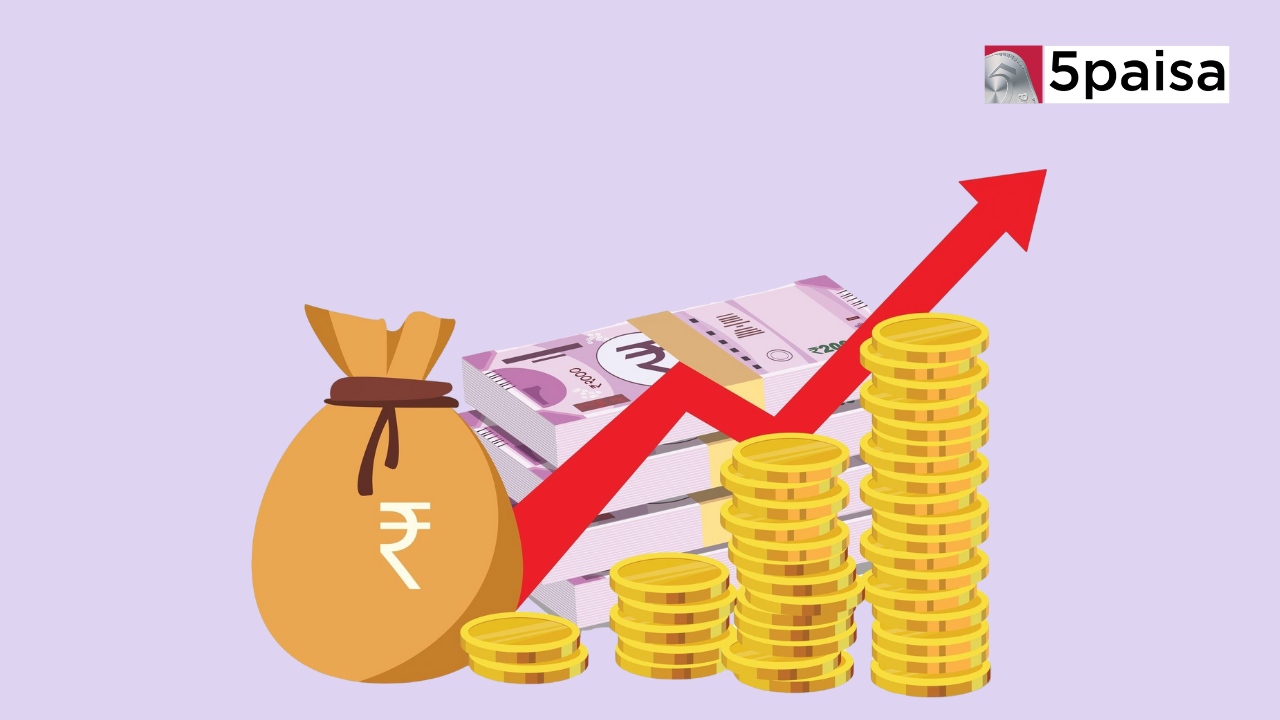3 Technologies Disrupting Finance in 2025: AI, Blockchain & Big Data Revolution
Dividend Reinvestment Plans (DRIP)

Investing in the stock market can be a great way to build long-term wealth. Many investors follow a strategy of reinvesting their dividends into the same company's stock. This approach is known as a Dividend Reinvestment Plan (DRIP), and it can be a powerful tool for compounding returns over time.
What Are Dividend Reinvestment Plans (DRIP)?
A Dividend Reinvestment Plan (DRIP) is a program offered by companies that allow shareholders to automatically reinvest their cash dividends into additional shares of the same stock. Instead of receiving the dividends as cash, the money is used to purchase more company stock shares. This can be a convenient way for investors to accumulate more shares over time without paying brokerage fees or commissions.
Types Of Dividend Reinvestment Plans
While the core concept of DRIPs remains the same, there are several variations that investors can choose from, depending on their preferences and the company's offerings. Here are the four main types of Dividend Reinvestment Plans:
● Direct DRIP: These plans are offered directly by the company itself, allowing shareholders to reinvest their dividends without the involvement of a third party. Direct DRIPs are often more cost-effective as they eliminate intermediary fees or commissions.
● Third-Party DRIP: In this type of plan, a third-party provider, such as a brokerage firm or a transfer agent, facilitates the dividend reinvestment process. While convenient, these plans may involve additional fees or commissions the third-party administrator charges.
● Mandatory DRIP: As the name suggests, shareholders must reinvest their dividends into the company's stock. They do not have the option to receive the dividends as cash payments. This type of plan is less common and may be seen as restrictive by some investors.
● Optional DRIP: With an optional DRIP, shareholders can choose whether to reinvest their dividends or receive them as cash payments. This approach allows investors to adjust their strategy based on their circumstances, cash flow needs, or investment goals.
How Do Dividend Reinvestment Plans Work?
The mechanics of a Dividend Reinvestment Plan (DRIP) can be broken down into a few simple steps:
● Step 1: An investor purchases shares of a company that offers a DRIP program directly or through a brokerage account.
● Step 2: The company declares a dividend, which is a portion of its profits distributed to shareholders on a predetermined schedule (e.g., quarterly, semi-annually, or annually).
● Step 3: Instead of receiving the dividend as a cash payment, the investor reinvests the dividend amount into additional shares of the same company's stock through the DRIP program.
● Step 4: The dividend amount is used to purchase new shares at the current market price or a discounted price, depending on the company's DRIP terms. Some companies offer a discount on the share price for DRIP participants, ranging from 1% to 10%.
● Step 5: The new shares are added to the investor's existing holdings, increasing their overall ownership stake in the company.
● Step 6: The process repeats with each subsequent dividend payment, allowing the investor to accumulate more shares over time through compounding.
It's important to note that the specific mechanics of a DRIP may vary slightly from company to company, so it's always advisable to review the program's terms and conditions carefully before participating.
Example Of A DRIP
To better illustrate how a Dividend Reinvestment Plan (DRIP) works, let's consider a hypothetical example:
Suppose an investor named Rahul owns 500 shares of ABC Company, which trades at ₹100 per share. ABC Company declares a semi-annual dividend of ₹1 per share and offers a DRIP program with a 5% discount on the share price for reinvested dividends.
If Rahul chooses to participate in the DRIP, instead of receiving ₹500 (500 shares x ₹1 dividend) in cash, the dividend amount will be used to purchase additional shares of ABC Company at a discounted price.
Assuming the current market price is ₹100 per share, the discounted price for DRIP participants would be ₹95 (₹100 - 5% discount).
Rahul's ₹500 dividend would buy 5.26 additional shares (₹500 ÷ ₹95 per share = 5.26 shares).
After the dividend reinvestment, Rahul would own 505.26 shares of ABC Company instead of the original 500 shares.
This process would continue with each subsequent dividend payment, gradually increasing Rahul's ownership stake in ABC Company through the power of compounding returns.
Features Of DRIPs
Dividend Reinvestment Plans (DRIPs) offer several features that can be beneficial for investors:
● Automatic Reinvestment: The dividend reinvestment process is automatic, requiring minimal effort from the investor.
● Fractional Share Ownership: DRIPs allow investors to purchase fractional shares, ensuring the entire dividend amount is reinvested.
● Discounted Share Prices: Some companies offer discounted share prices for DRIP participants, ranging from 1% to 10% off the current market price.
● No Brokerage Fees: Investors typically do not have to pay brokerage fees or commissions when reinvesting their dividends through a DRIP.
● Compounding Effect: By reinvesting dividends, investors can take advantage of the compounding effect, potentially boosting their long-term returns.
Dividend Reinvestment Plan Benefits
Participating in a Dividend Reinvestment Plan (DRIP) can offer several benefits for investors:
● Cost-Effective: DRIPs eliminate the need to pay brokerage fees or commissions, allowing investors to accumulate more shares at a lower cost.
● Discounted Share Prices: Some companies offer discounted share prices for DRIP participants, further reducing the cost of acquiring additional shares.
● Compounding Returns: By reinvesting dividends, investors can take advantage of the compounding effect, potentially boosting their long-term returns.
● Automatic Investing: DRIPs allow for automatic and consistent investing, which can help investors avoid the temptation to time the market.
● Shareholder Loyalty: Companies often view DRIP participants as long-term, committed shareholders, which can benefit both parties.
Conclusion
Dividend Reinvestment Plans (DRIPs) can be valuable for investors seeking to build long-term wealth through consistent and disciplined investing. By automatically reinvesting dividends into the same company's stock, investors can take advantage of the compounding effect and potentially boost their returns over time.
Frequently Asked Questions
Are There Any Risks Associated With Participating In A DRIP?
What Happens If The Dividend Amount Is Not Enough To Purchase A Full Share?
Are there Any Restrictions On Participating In A DRIP, Such As Residency Or Citizenship Requirements?
- Flat ₹20 Brokerage
- Next-gen Trading
- Advance Charting
- Actionable Ideas
Trending on 5paisa
Personal Finance Related Articles
Disclaimer: Investment in securities market are subject to market risks, read all the related documents carefully before investing. For detailed disclaimer please Click here.

 5paisa Research Team
5paisa Research Team
 5paisa Research Team
5paisa Research Team
 Sachin Gupta
Sachin Gupta




